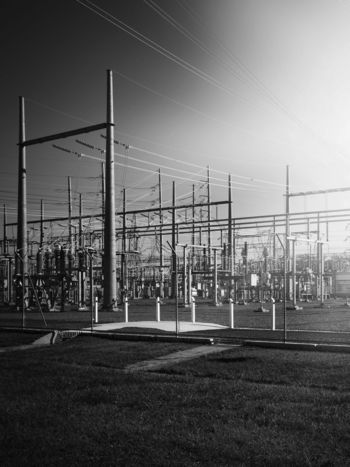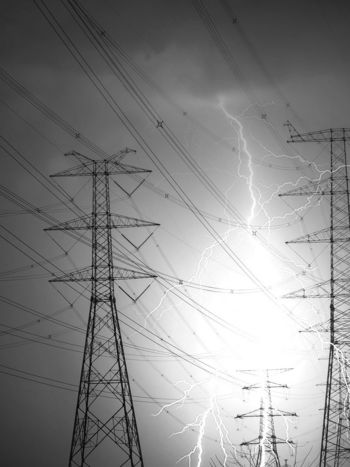Condition Assessment and Diagnostic Methods to Support Asset Management of MV Cable Networks
This Technical Brochure deals with Condition Assessment and Diagnostic Methods supporting Asset Management Strategy dealing with medium voltage power systems. This Brochure also covers the development of condition assessment strategies based on use of withstand and/or diagnostic techniques to support asset management objectives.
Members
Convenor (CH)
D. WALD (CH)
Secretary (IE)
J. O'SHAUGHNESSY
S. BANERJEE (CA), R. BLANK (†) replaced by M. BAWART (AT), D. BENTO (BR), T, ESPLIT replaced by N. BERRABAH (FR), S. BUAKAEW (TH), C. HONGYAN (SG). B. CARLI (NL), J-F. DRAPEAU (CA), G. FRÜBING (DE), G. GOBAT (CH), J. HANSEN (DK), J. HUNTER (GB), S. HVIDSTEN (NO), D-C. LEE (AU), V. LIVIGNI (IT), T. MOKOWANA (ZA), P. NUNES (PT), M. STÜRMER, replaced by H. PUTTER (DE), T. TAKAHASHI (JP)
Chapter 3, 6 and 7 constitutes core elements of this technical brochure which enable and guide the reader to devise an asset management strategy and condition assessment actions that support this strategy. Beyond these, the other chapters intend to provide complementary background information in order to support a deeper understanding and a better confidence in the choices of strategies to be developed.
Chapter 3 describes the various elements and concepts of asset management, applied to MV cable systems. This includes a description of the various stages of a cable system lifecycle, as well as a review of the strategic and economic implications relating to the various asset management approaches. Taking that into consideration, as an outcome, the reader is presented with three main options in terms of asset management approach: no proactive actions, engineering (non-testing based) actions and testing-based condition assessment, accompanied with a detailed description of the specific possible actions related to each of these options. Chapter 3 layout provides guidance for the asset managers to devise or adjust their own asset management strategy.
Assuming the asset manager would elect to proceed with testing-based condition assessment actions, detailed condition assessment strategies are then proposed in Chapter 6, according to the specific application contexts of commissioning, post-repair and maintenance, for each major family of cable insulation technology (extruded, paper, mixed). Among others, this technical brochure proposes a unique and novel approach that assign various “levels” to the condition assessment strategies, from “Basic (Level 1) to “Advanced” (Level 5), in order to allow the user to adjust his selection according to its specific context, accuracy requirements, and risk profile. Comprehensive guidance is provided to assist the reader to establish their specific context and accuracy requirements, in order to select the most appropriate condition assessment strategy. This guidance takes into consideration elements and topics including circuit criticality, requirements for diagnostic accuracy, practical and logistical aspects of diagnostic test deployment, etc. The proposed condition assessment strategies consist of various carefully devised combinations of withstand and diagnostic test approaches / techniques.
Assuming the appropriate condition assessment strategy for a user is selected through this process, this technical brochure then presents, in Chapter 7, a comprehensive description of all the test techniques currently available to the MV cable systems operators, in the spirit of a “tool box.” The diagnostic test methods discussed in Chapter 7 have been gathered in two categories, i.e., a category for “core methods” and “context specific methods”. The “core methods” correspond to those that are recommended for most of the condition assessment strategies; namely, VLF Tan Delta, PD, TDR and oversheath testing. Various “Context specific methods” which are described in Chapter 7 are applied in a more ‘targeted’ manner across the condition assessment strategies (often at higher strategy levels), to provide value-added diagnostic data for a given context.




